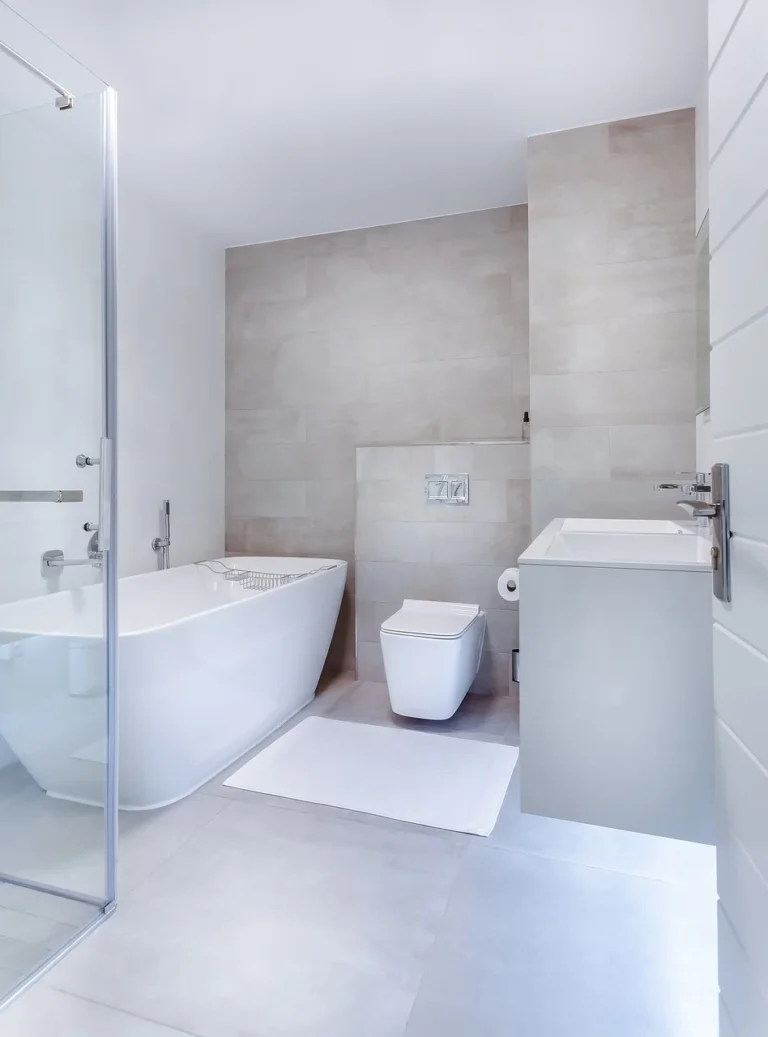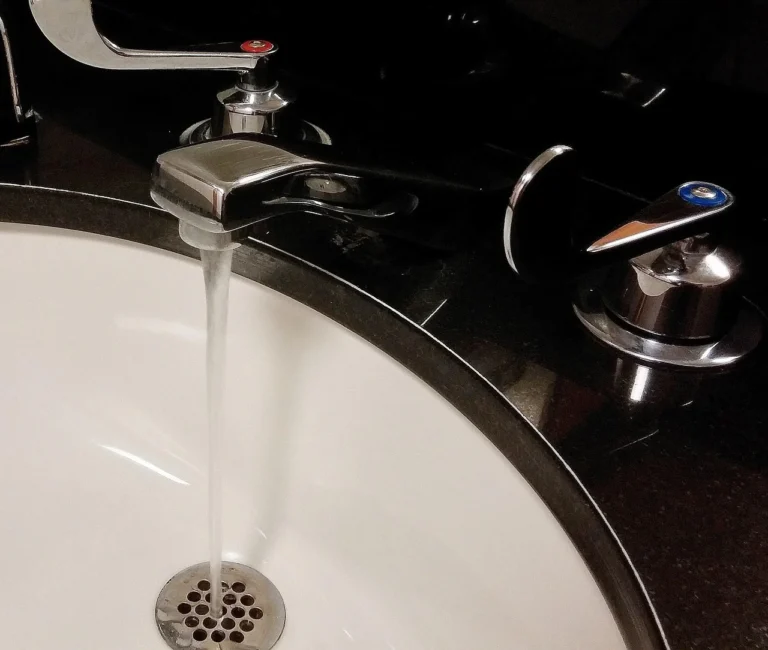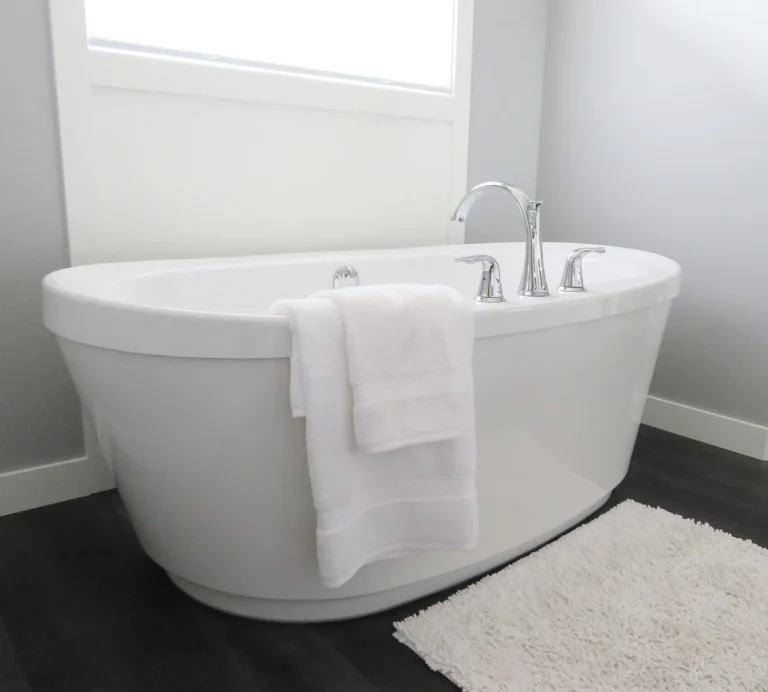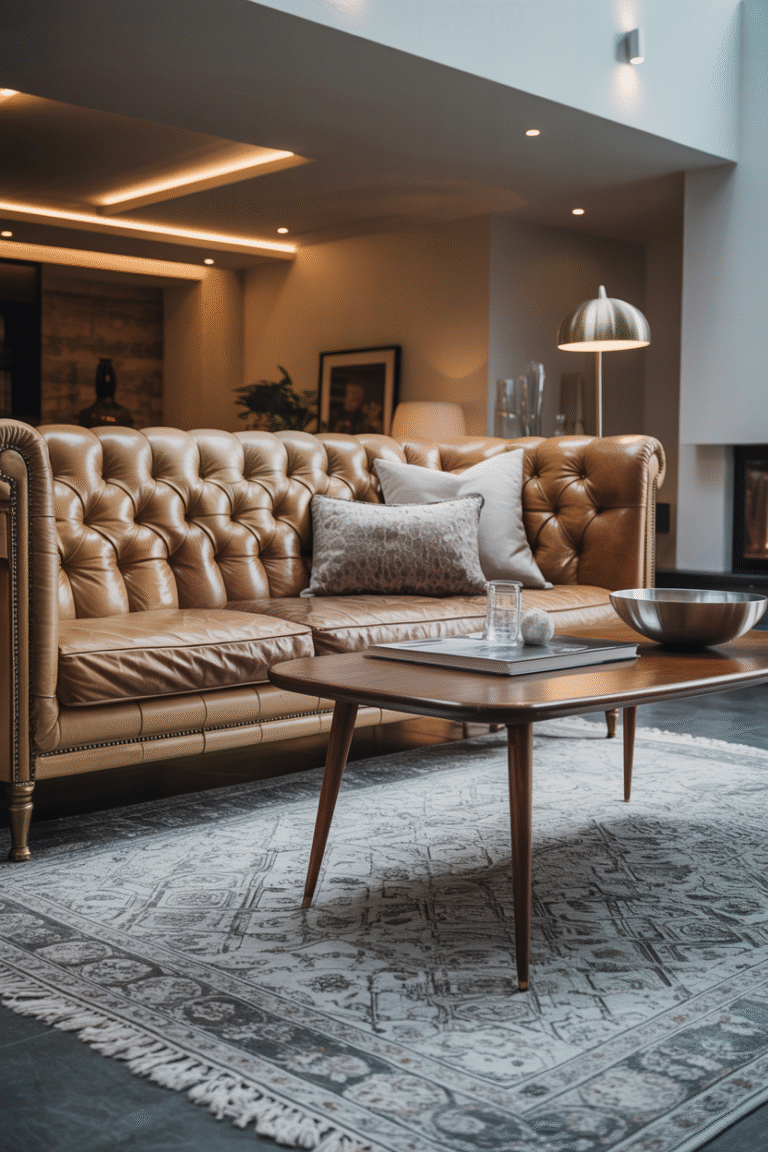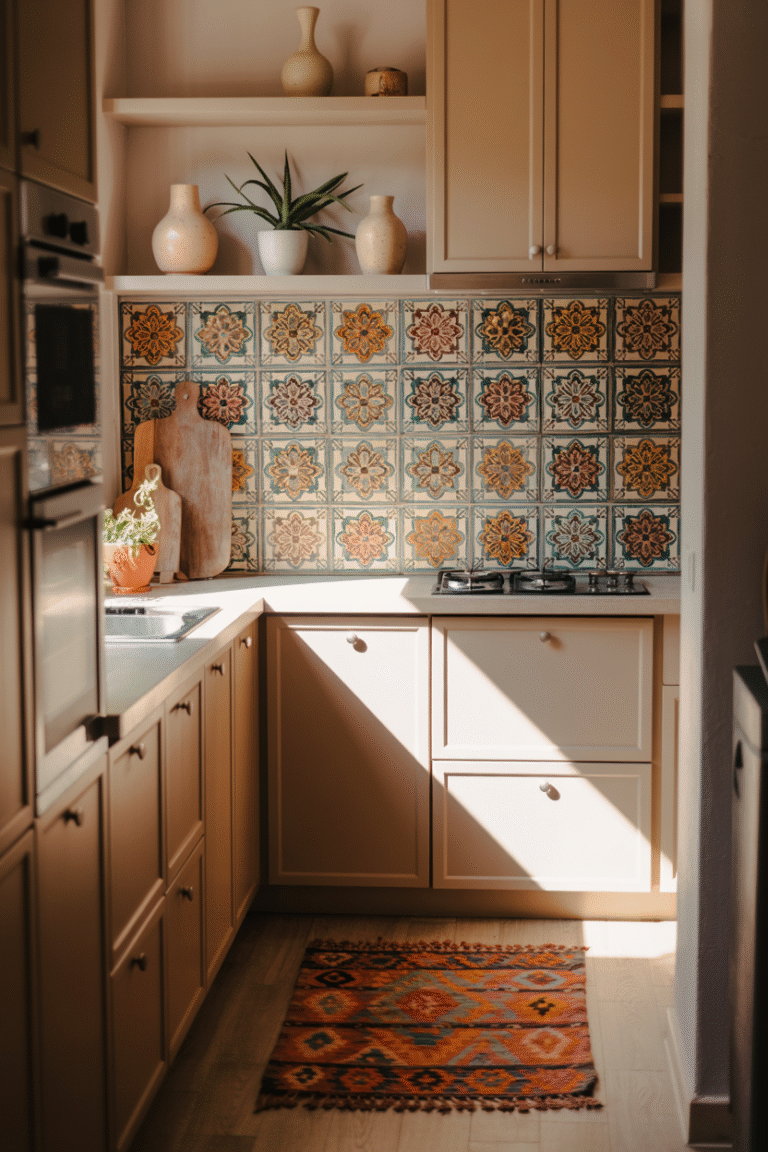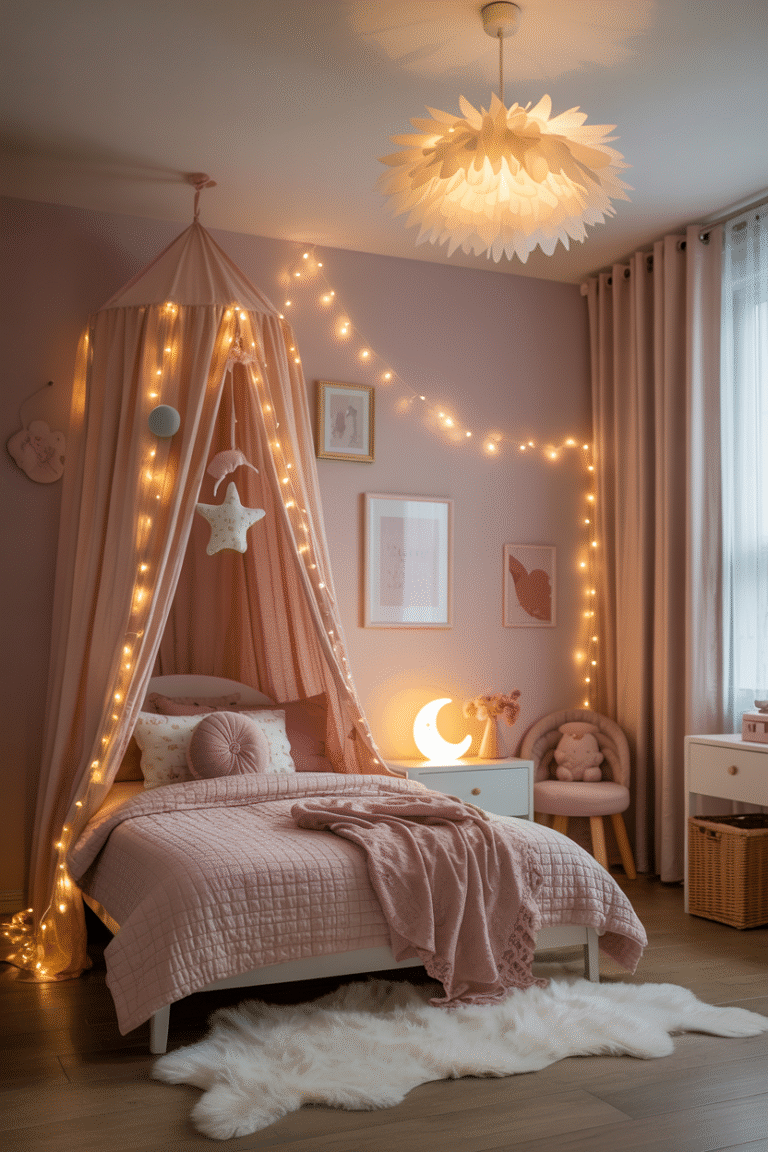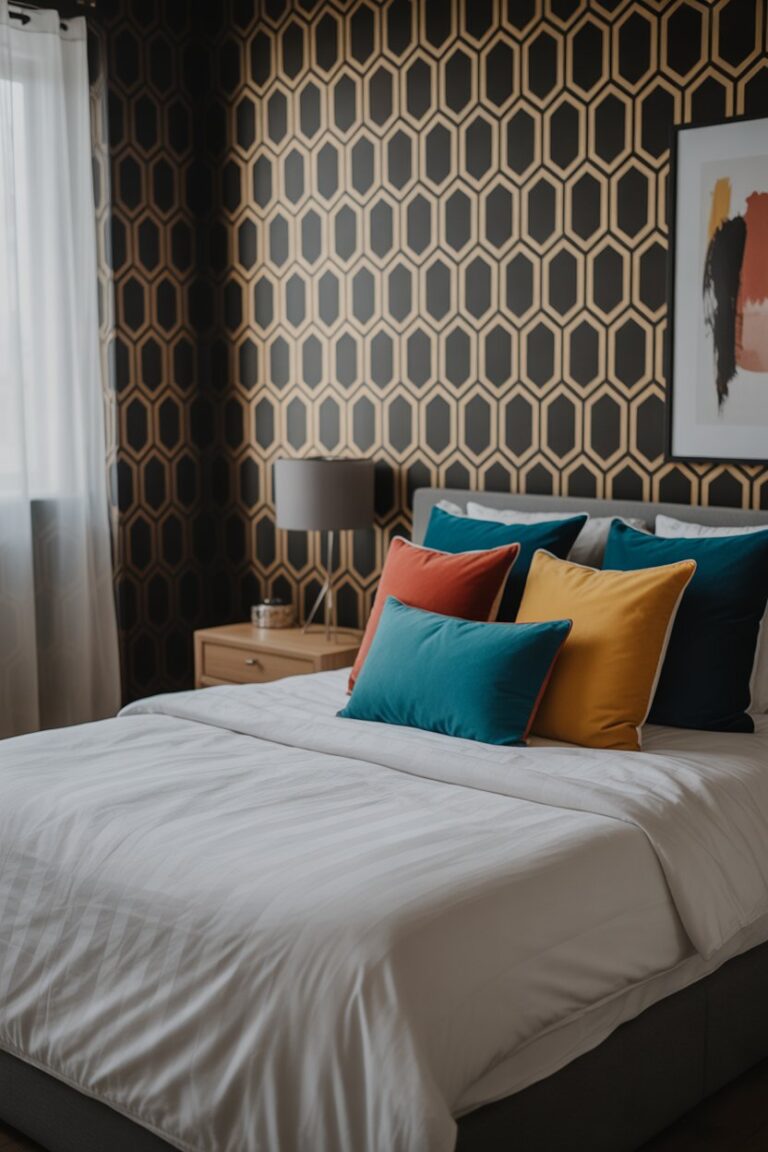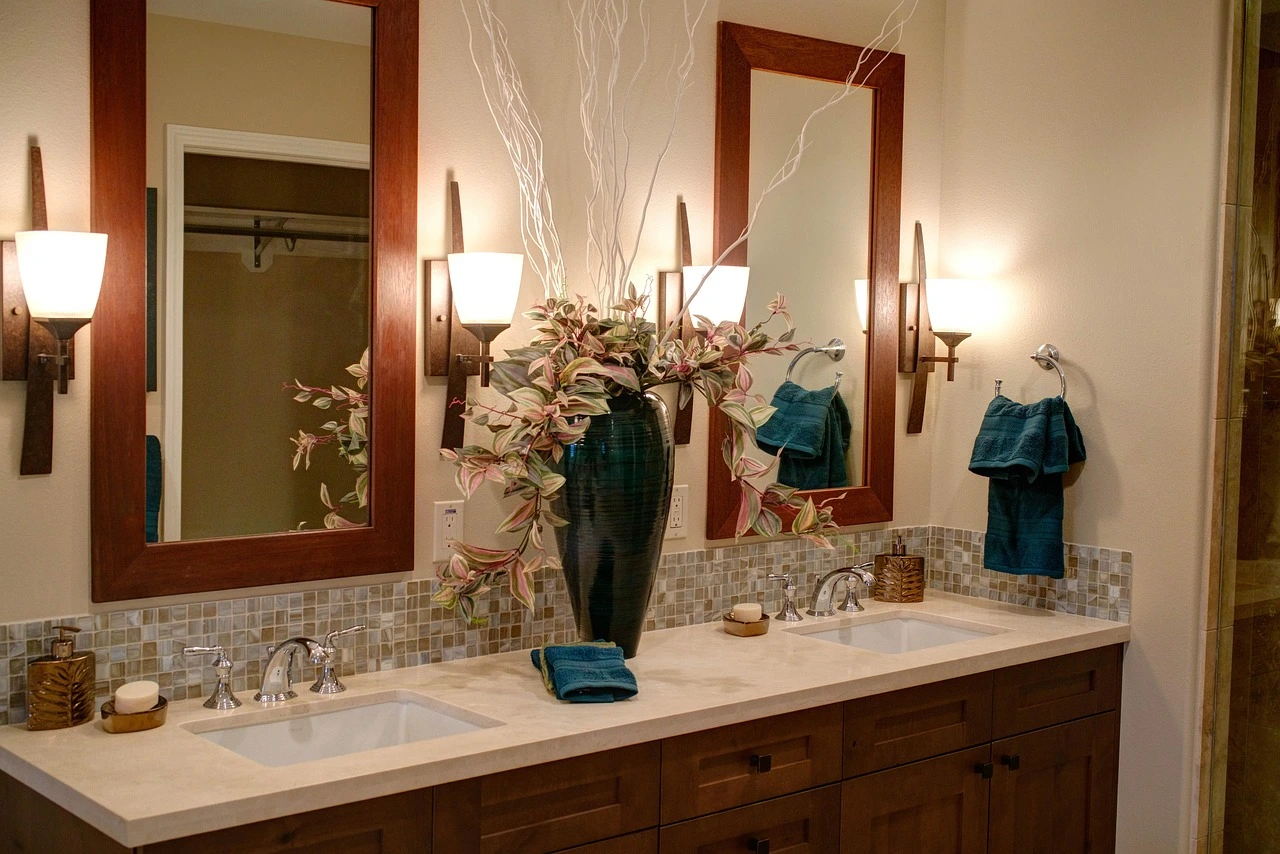
Let me tell you a story. Last year, I decided to renovate my bathroom. I thought, “How hard can it be?” Turns out, very. Between unexpected pipework disasters and my questionable tiling skills, I learned more about bathroom costs than I ever wanted to. If you’re here, you’re probably wondering the same thing: how much does a new bathroom actually cost in the UK?
The short answer? Anywhere from £2,500 for a basic refresh to £15,000+ for a luxury overhaul. But the real answer is messier, like my first attempt at grouting. So, let’s break it down properly, with real numbers, real mistakes (mostly mine), and zero fluff.
1. The Real Cost of a New Bathroom (And Why Every Quote is Different)
When I first started researching bathroom costs, I found numbers all over the place. Some sites said £3,000, others said £10,000. After talking to builders, plumbers, and a very patient tile salesman, I realised why: no two bathrooms are the same.
What Actually Drives the Price Up or Down?
- Size – A small ensuite will cost way less than a family bathroom.
- Quality of Materials – Cheap acrylic panels vs. Italian marble? Big difference.
- Labour – A skilled fitter in London charges more than one in Sheffield.
- Structural Changes – Moving pipes or knocking down walls = £££.
I made the mistake of assuming my 4m² bathroom would be “budget-friendly.” Then I fell in love with hexagonal floor tiles (£45/m²) and a freestanding bath (£1,200). Lesson learned.
Breaking Down the Averages (2024 UK Prices)
| Type of Bathroom | Low End | Mid-Range | High End |
|---|---|---|---|
| Basic Refit (keep layout, standard materials) | £2,500 – £4,500 | £4,500 – £7,000 | N/A |
| Mid-Range Redesign (new tiles, mid-quality suite) | £5,000 – £8,000 | £8,000 – £12,000 | N/A |
| Luxury Bathroom (underfloor heating, premium finishes) | N/A | £10,000 – £15,000 | £15,000+ |
My experience? I spent around £6,800 on a mid-range renovation. That included:
- Labour (£3,200) – Fitter, plumber, and electrician.
- Materials (£2,600) – Porcelain tiles, a decent shower, and a budget-friendly vanity.
- “Oops” Costs (£1,000) – Rotten floorboards and a last-minute heated towel rail.
2. Labour Costs: The Silent Budget Killer
Here’s the thing nobody tells you: labour will eat up 40-60% of your budget. And if you cheap out here, you’ll regret it.
Who You’ll Need to Hire (And What They Charge)
- Bathroom Fitter – £200-£300 per day (or £1,500-£3,500 for the full job).
- Plumber – £40-£70 per hour (or £500-£1,500 depending on complexity).
- Electrician – £50-£80 per hour (especially if you’re adding new lighting).
- Tiler – £20-£40 per m² (or £150-£250 per day).
My mistake? I hired a “handyman” who said he could do it all. He couldn’t. The shower leaked, the tiles were uneven, and I ended up paying a proper fitter to fix it. Moral of the story: Get a specialist.
How to Save on Labour Without Cutting Corners
- Bundle the work – Some fitters offer discounts if they handle everything.
- Get multiple quotes – My first quote was £4,200. The third was £2,900 for the same job.
- Avoid peak times – Builders are cheaper in winter.
3. Materials: Where Your Choices Make or Break the Budget
This is where you can save a fortune or blow the budget in one trip to Wickes.
The Big Cost Drivers
| Item | Budget Option | Mid-Range | Luxury |
|---|---|---|---|
| Bath | £100-£300 (acrylic) | £400-£800 (steel) | £1,000+ (freestanding) |
| Shower | £200-£500 (basic enclosure) | £600-£1,200 (thermostatic) | £1,500+ (rainfall + digital) |
| Tiles | £10-£20/m² (ceramic) | £30-£60/m² (porcelain) | £70+/m² (natural stone) |
My splurge? A £900 rainfall shower. Worth every penny. My regret? £35/m² floor tiles that stain if you look at them wrong.
Where to Shop for the Best Deals
- DIY Stores (B&Q, Wickes) – Good for basics.
- Online Retailers (Victoria Plum, Bathroom Village) – Often cheaper.
- Facebook Marketplace – Ex-display suites for half-price.
4. Hidden Costs That Will Surprise You
Nobody warns you about the “while we’re at it” expenses.
Common Unexpected Costs
- Skip hire (£200-£400) – Unless you fancy storing rubble in your garden.
- New pipework (£500-£1,500) – Old houses love corroded pipes.
- Waterproofing (£300-£800) – Unless you want a mouldy ceiling downstairs.
My shocker? The electrician found faulty wiring behind the walls. That was an extra £600.
5. How to Save Money Without It Looking Cheap
- Keep the layout – Moving pipes = £££.
- Paint instead of tile – A good bathroom paint saves thousands.
- Refinish, don’t replace – Reglazing a bath costs £200 vs. £800 for new.
Final Thoughts: Is It Worth It?
Absolutely. A good bathroom adds value and makes life better. Just budget properly, hire the right people, and don’t DIY the plumbing (trust me).
Now go forth, and may your tiles be straight and your water pressure strong.

